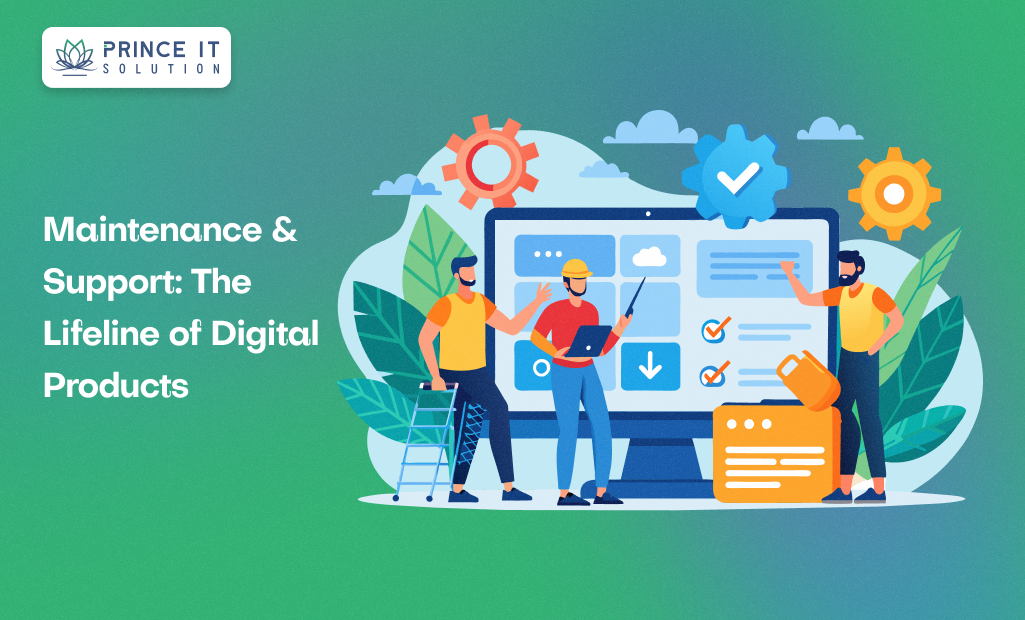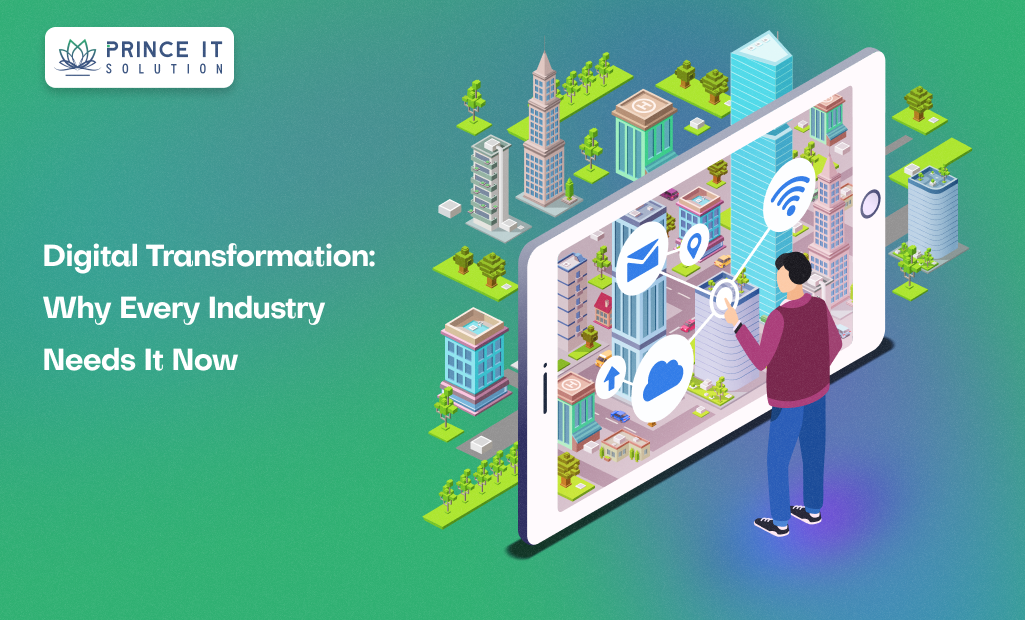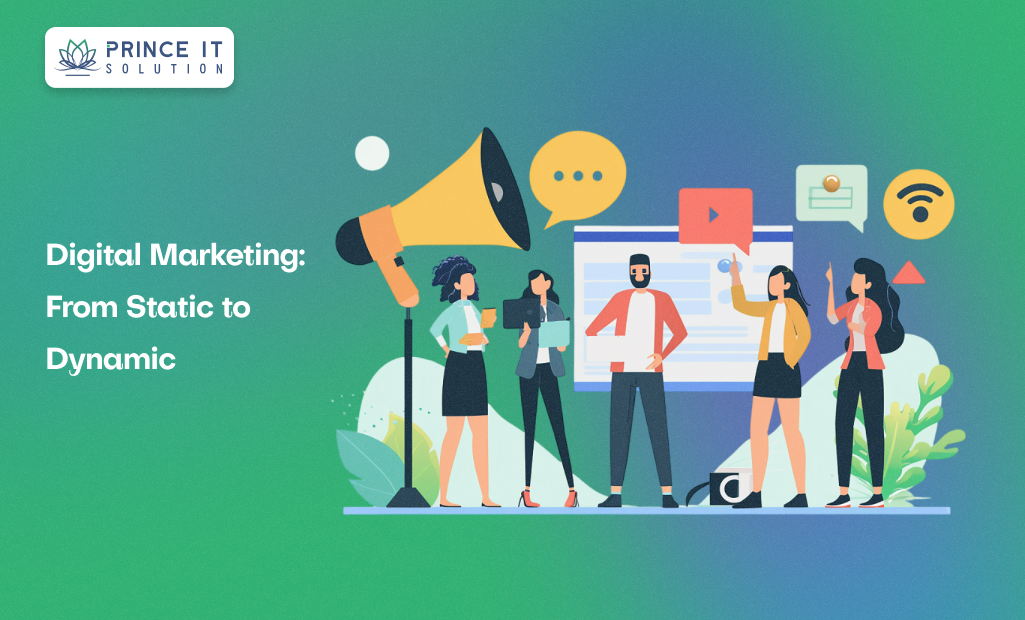Introduction: Beyond Launch Day
Launching a digital product, whether it’s a mobile app, website, or enterprise software, is often celebrated as the finish line. But in reality, it’s just the starting point of a much longer journey.
A product that looks perfect at launch may quickly face performance issues, bugs, security threats, and user dissatisfaction if it isn’t maintained properly. With technology evolving every day, customer expectations rising, and competitors innovating faster, continuous maintenance and support become the true lifeline of any digital product.
Think of your digital product as a car. You can buy the latest model, but without regular servicing, oil changes, and updates, it won’t run smoothly for long. Similarly, software needs ongoing care to stay reliable, secure, and relevant.
This blog explores why maintenance & support are essential, the types of services involved, best practices, and how businesses can future-proof their digital investments.
Why Maintenance & Support Matter
1. Ensuring Reliability
Users expect smooth performance without downtime. Regular updates and monitoring prevent crashes and interruptions.
2. Security Against Threats
Hackers and cybercriminals constantly evolve. Without patches and security updates, digital products become vulnerable.
3. Adaptation to Market Changes
Operating systems, browsers, and devices update frequently. Maintenance ensures compatibility across platforms.
4. Enhancing User Experience
User feedback highlights improvements. Continuous support allows businesses to adapt and provide better usability.
5. Long-Term Cost Savings
Proactive maintenance prevents major breakdowns, which are costlier to fix than regular upkeep.
Types of Software Maintenance
Not all maintenance is the same. Businesses need to understand different categories:
1. Corrective Maintenance
Fixing bugs, crashes, and system errors.
Immediate response to user complaints.
2. Adaptive Maintenance
Updating software to remain compatible with new OS versions, browsers, and devices.
Keeping up with technology shifts.
3. Perfective Maintenance
Adding new features or improving existing ones.
Enhancing performance, speed, or design.
4. Preventive Maintenance
Monitoring systems to identify potential issues before they occur.
Applying security patches and performance optimizations.
Support Services in Digital Products
Software maintenance goes hand-in-hand with support services. Here’s what it covers:
1. Technical Support
Helpdesk or chatbot assistance for users.
Troubleshooting issues quickly.
2. Monitoring & Uptime Management
24/7 system monitoring.
Ensuring minimum downtime.
3. Security Support
Firewalls, encryption, and intrusion detection systems.
Regular vulnerability assessments.
4. Data Backup & Recovery
Regular backups to prevent data loss.
Disaster recovery plans are in place.
5. Performance Optimization
Analyzing speed, memory usage, and server load.
Making adjustments for smooth operations.
Best Practices for Effective Maintenance & Support
Regular Updates
Apply patches and feature updates on schedule.
Automated Monitoring Tools
Use AI-driven tools to track performance and detect anomalies.
User-Centered Approach
Collect feedback and prioritize fixes and features that improve user satisfaction.
Clear SLA (Service-Level Agreement)
Define timelines for resolving issues, ensuring accountability.
Documentation & Knowledge Base
Maintain clear records for developers and support teams.
Security-First Approach
Regular penetration testing and compliance checks.
The Business Impact of Maintenance & Support
Boosts User Retention – Happy users stick around longer.
Protects Brand Reputation – Prevents downtime and negative reviews.
Drives Innovation – Regular updates show commitment to user needs.
Ensures Compliance – Keeps up with regulations like GDPR or HIPAA.
Maximizes ROI – Long-term value from initial product investment.
Case Study: When Lack of Maintenance Costs Millions
A global retail brand once ignored updating its e-commerce platform. A cyberattack exploited outdated software, stealing customer data and costing millions in lawsuits and reputation damage.
On the other hand, startups that invest in continuous updates and proactive support often outpace competitors by delivering smoother, safer, and more reliable experiences.
The Future of Maintenance & Support
The digital landscape is evolving, and so is maintenance. The future lies in:
AI-Powered Predictive Maintenance – Identifying and fixing issues before they occur.
DevOps Integration – Faster updates and continuous deployment cycles.
Cloud-Native Support – Easier scalability and flexibility.
Automated Security Monitoring – 24/7 protection without human delay.
User Self-Service Tools – AI chatbots and smart FAQs are reducing dependency on human support.
Conclusion: The True Lifeline
Digital products aren’t one-time projects; they’re living systems that need constant care. Businesses that invest in proper maintenance and support not only protect their products but also build trust, reliability, and long-term growth.
Neglecting maintenance is like ignoring a car’s warning light; it may run for a while, but eventually, it breaks down. In contrast, companies that embrace proactive support enjoy higher customer loyalty, better security, and continuous innovation.



